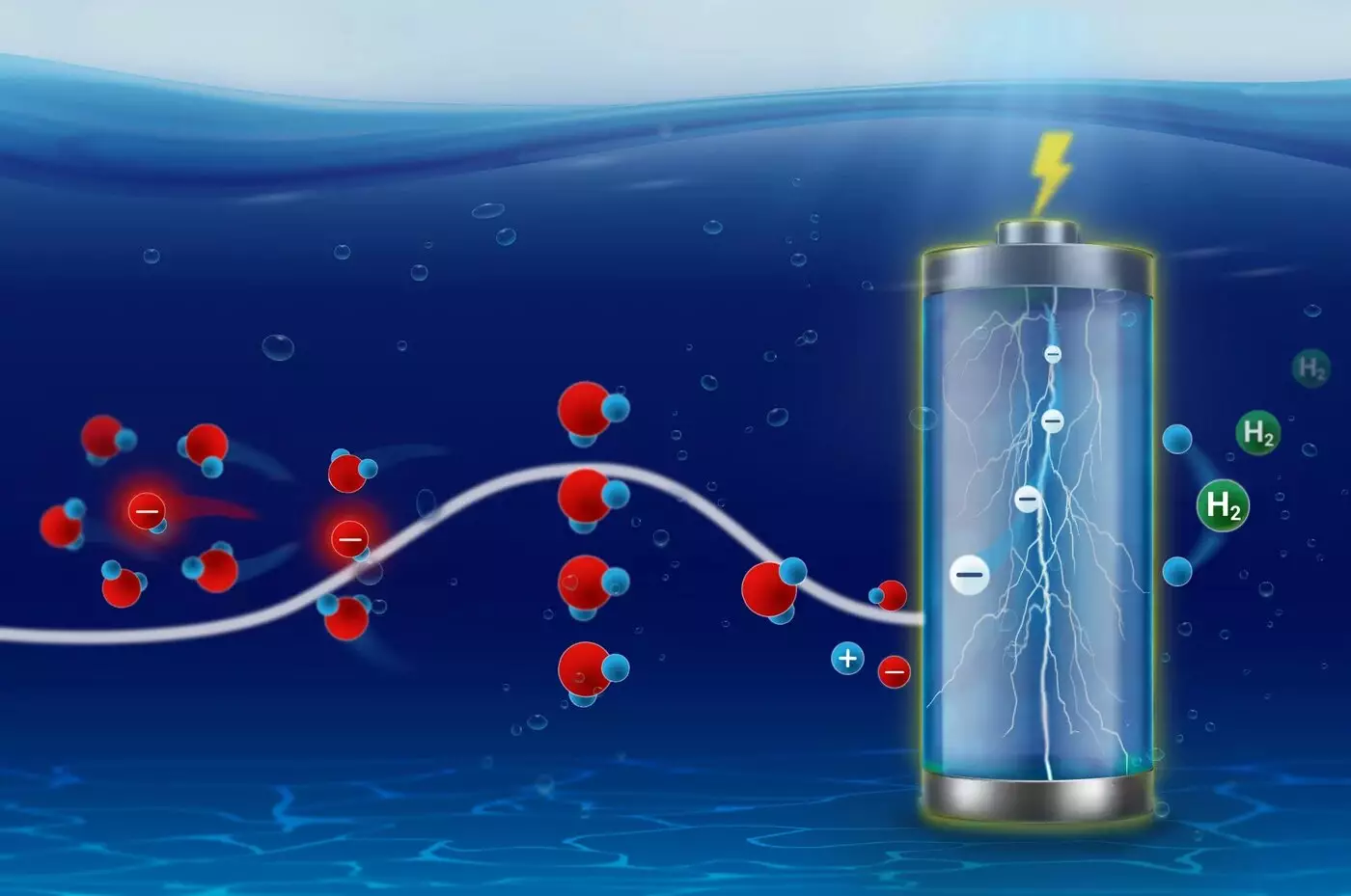The functionality of numerous electrochemical and biological systems hinges significantly on the movement of ions, a process often influenced by solvation dynamics. This phenomenon is particularly evident in the operations of battery technology, ionic channels in cellular membranes, and electrocatalytic processes aimed at generating sustainable fuels like green hydrogen. A recent study by researchers from the Fritz-Haber Institute has shed light on these dynamics, revealing intriguing insights regarding the kinetic behaviors of ion solvation, which could pave the way for advancements in catalyst efficiency and electrochemical applications.
One crucial finding from the study revolves around the balance between activation entropy and enthalpy that governs ion behavior as they transition through diverse environments. In simple terms, as the barriers that ions must navigate in their path increase, the pathways available for these ions simultaneously expand. This analogy likens the ion’s journey to finding more routes when faced with a higher mountain, essentially reiterating a core principle in transition state theory initially posited nearly 90 years ago.
Using the principles of statistical physics and the Eyring-Evans-Polanyi equation, the researchers have quantitatively tracked these dynamics with unprecedented precision, achieving millisecond-level resolution. Such capability allows for an in-depth analysis of ion behaviors during critical processes, particularly in electrocatalytic reactions. Francisco Sarabia, the first author of the study, emphasizes how this technique facilitates a direct investigation into the solvation kinetics of hydroxide ions, particularly at the structural intricacies of catalyst surfaces, including crucial features like step-edges and defects.
A significant portion of the research explored the phenomenon of dynamic poisoning on platinum surfaces during ammonia oxidation reactions. The results unveiled that solvation kinetics are influenced by alterations occurring on the catalyst surface, a detail that the scientific community has not fully understood until now. The traditional perspective largely focused on activation energy as the primary determinant of reaction bias; however, Sarabia’s team suggests that activation entropy plays an equally vital role.
Team leader Dr. Sebastian Öner notes that extensive operando spectroscopy and microscopy data bolster their findings, shedding light on the highly dynamic nature of catalyst surfaces. The interconnectedness of solid structures like catalysts and the liquid electrolytes surrounding them illustrates how these environments can mutually influence each other, radically altering the electrochemical landscape.
The implications of this research extend far beyond fundamental understanding; they signal potential breakthroughs in the design and optimization of catalysts. By revealing how pH levels can directly impact activation entropy and lead to non-Nernstian activity changes, the study opens doors to new avenues in catalyst refinement and chemical reaction engineering. This integrated knowledge will be pivotal in developing materials that not only perform with higher efficiency but also exhibit greater selectivity and stability—attributes critical for real-world applications in renewable energy and chemical processing.
The Interface Science Department, led by Professor Dr. Beatriz Roldán Cuenya, is committed to carrying this momentum forward. Their ongoing research agenda seeks to blend these kinetic insights with emerging spectroscopic and microscopic techniques, which could yield innovative approaches to understanding and controlling electrocatalytic behavior in real-time.
This groundbreaking study not only challenges established thought around the role of activation energy but also emphasizes the intricate dynamics of ion movements as they interact with their ion-solvating environments. By bridging gaps in understanding and aligning kinetic behavior with structural changes, researchers are now better positioned to address critical challenges in catalysis. As such, these insights propel the field closer to realizing more efficient strategies in energy conversion technologies, signaling a promising future for sustainable chemical processes. The continuous exploration of these intertwined dynamics will undoubtedly foster developments aligned with global energy needs and environmental sustainability.


Leave a Reply